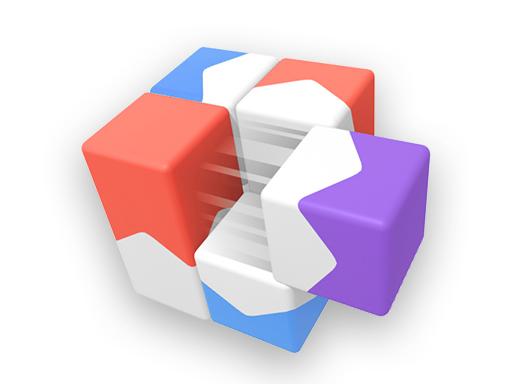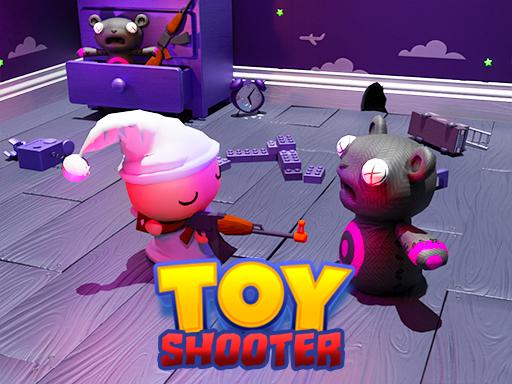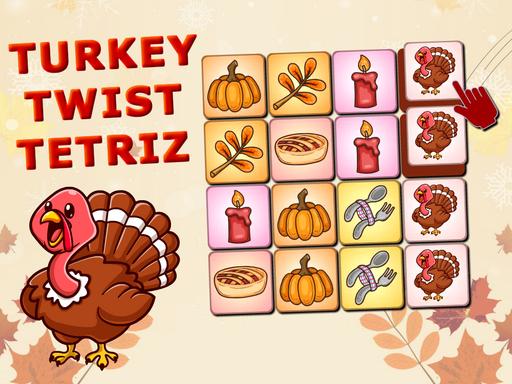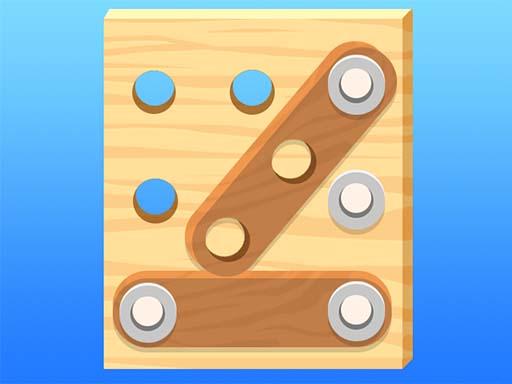Introducing and How to Play Chess Classic: An In-Depth Guide
Chess Classic is a digital version of the ancient game of chess, where players face off against an opponent on an 8×8 board with a set of 16 pieces each. Loved for its deep strategy and intellectual challenge, Chess Classic is perfect for players of all ages who wish to hone their critical thinking, problem-solving, and strategic planning skills. This guide introduces Chess Classic, its basic rules, objectives, and tips on how to improve your gameplay.
What is Chess Classic?
Chess Classic brings the timeless game of chess to digital platforms, allowing players to enjoy the game anytime, anywhere. The digital version maintains all the traditional rules and mechanics of chess but offers enhanced features, such as playing against AI opponents, analyzing moves, and competing with players worldwide.
In Chess Classic, two players—one with white pieces and the other with black—compete to put the opposing player’s king in a position where it cannot escape capture, known as “checkmate.” Each type of piece has specific movements, which adds layers of complexity and requires strategic planning. The game is won when one player’s king is checkmated, and it’s lost if a player’s king is unable to avoid capture.
Game Mechanics and Objectives
- Game Setup: Chess is played on a checkered board of 64 squares (8×8 grid). Each player has a set of 16 pieces—1 king, 1 queen, 2 rooks, 2 knights, 2 bishops, and 8 pawns.
- Piece Movements:
- King: Moves one square in any direction. It’s the most crucial piece; if it’s in “checkmate,” the game ends.
- Queen: Moves any number of squares in any direction, making it the most powerful piece on the board.
- Rook: Moves any number of squares horizontally or vertically.
- Bishop: Moves diagonally any number of squares.
- Knight: Moves in an “L” shape (two squares in one direction, then one square perpendicular). It’s the only piece that can “jump” over others.
- Pawn: Moves forward one square but captures diagonally. On its first move, it can move forward two squares.
- Objective: The goal is to checkmate the opponent’s king. This means placing it in a position where it’s under attack, and no legal move can remove it from danger.
- Special Moves:
- Castling: A defensive maneuver where the king and rook move simultaneously. This move can only be done if neither the king nor rook has moved previously, and no pieces are between them.
- En Passant: A pawn can capture an opponent’s pawn that moves two squares forward from its starting position, passing the capturing pawn’s square.
- Pawn Promotion: When a pawn reaches the farthest row, it can be promoted to a queen, rook, bishop, or knight.
How to Play Chess Classic: Step-by-Step Guide
- Set Up the Board: Arrange the pieces with the back rows containing rooks at the corners, followed by knights, bishops, the queen on her color, and the king beside her. Pawns go in the second row.
- Understand the Basics of Movement: Familiarize yourself with each piece’s movements. Practice moving pieces around on an empty board to understand their range.
- Control the Center: In the opening moves, focus on controlling the center of the board (d4, d5, e4, e5 squares). This gives your pieces more mobility and control over the game.
- Develop Pieces Early: Move your knights and bishops to positions where they can control more squares. Avoid moving the same piece multiple times in the opening; instead, develop all your pieces.
- Protect Your King: Use castling to safeguard your king early on, ideally behind a row of pawns. This reduces your king’s exposure to attacks and allows your rook to enter the game.
- Think Ahead: Each move you make should have a purpose. Avoid random moves and think about potential threats and opportunities for both you and your opponent.
- Anticipate Your Opponent’s Moves: Try to predict what your opponent might do next. Ask yourself if they’re planning an attack, protecting a piece, or controlling a key area of the board.
- Check and Checkmate: When you have an opportunity to attack the opponent’s king, make sure it’s a checkmate and not just a check, as checkmate ends the game.
Tips and Strategies for Success
- Learn Opening Principles: Rather than memorizing specific openings, focus on the principles: control the center, develop pieces, and protect your king. This solid foundation makes it easier to handle various positions.
- Maintain Piece Coordination: Pieces work best when they support each other. Avoid isolated pieces and always try to position your pieces in a way where they protect or reinforce each other.
- Evaluate Trades Carefully: Don’t trade pieces without considering the consequences. Trading a valuable piece for a less valuable one can weaken your position.
- Endgame Strategy: In the endgame, focus on promoting pawns and controlling key squares. With fewer pieces on the board, the king becomes more active, so move it toward the center when it’s safe to do so.
- Practice Tactics: Tactics like forks, pins, skewers, and discovered attacks are essential for winning material and creating checkmate opportunities. Practice these tactics to spot them during games.
Game Modes and Features in Chess Classic
Chess Classic often includes several modes to enhance the experience:
- Single-Player Mode (vs. AI): Play against different difficulty levels of AI to improve your skills. Higher levels offer a challenging experience, while lower levels are good for beginners.
- Multiplayer Mode: Chess Classic allows players to compete with others online, offering a social and competitive element to the game.
- Puzzle Mode: Some versions feature chess puzzles, where players solve specific problems to improve their tactical skills.
- Game Analysis: After each match, players can review their moves and see where they went wrong or could have improved, helping to develop better strategies over time.
Benefits of Playing Chess Classic
- Improves Cognitive Skills: Chess enhances memory, concentration, and problem-solving abilities. It requires players to think critically and analyze complex situations.
- Teaches Patience and Discipline: Chess rewards patience and punishes rash decisions, making it an excellent way to practice self-control and discipline.
- Enhances Planning and Strategy: Chess involves long-term planning and strategy, which can translate to better decision-making skills in other areas of life.
Conclusion
Chess Classic brings the depth and beauty of chess to a digital platform, making it accessible to players of all skill levels. With practice and an understanding of the game’s principles, players can develop strong strategies and improve their chess skills. Whether you’re a beginner or an advanced player, Chess Classic offers endless opportunities for mental challenge and growth. Dive into the world of chess and experience the satisfaction of mastering this timeless game!
Instructions
Simply click on the chess figures to move them and play chess.

Join Blocks 2048 Number Puzzle

Fill Up Block Logic Puzzle
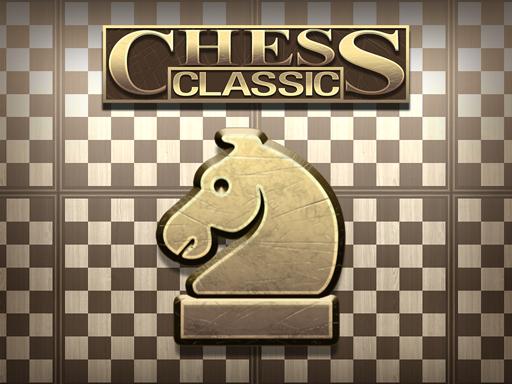
Chess Classic

Metazoa Jigsaw

Falling Asleep – Weird & Fun Game

Rolling Blocks

Trash Factory

Type Sprint

Save The Beauty
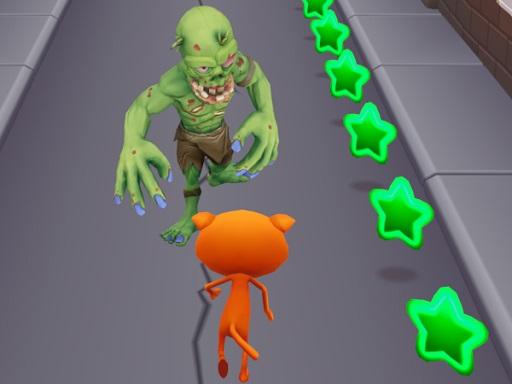
Angry Cat Run Zombies Alley

Blast The Ball

Flip Skater Rush 3D

Airways Maze

Speed Typing Test

ChaseRace eSport Strategy Racing Game

Burnout Drift

Frog Jump







